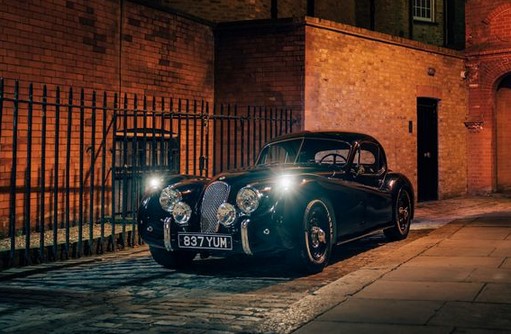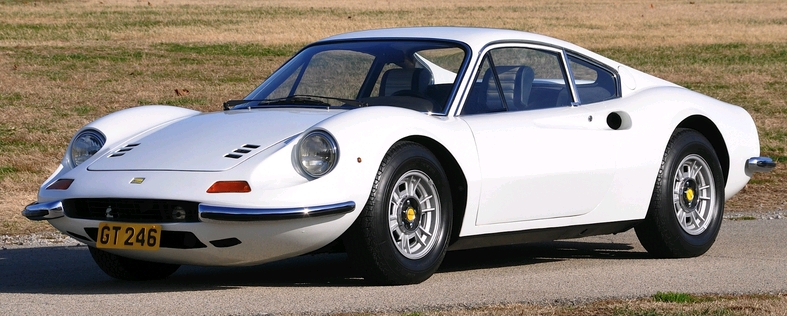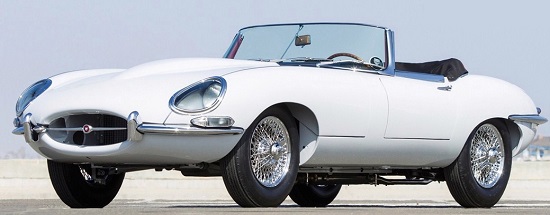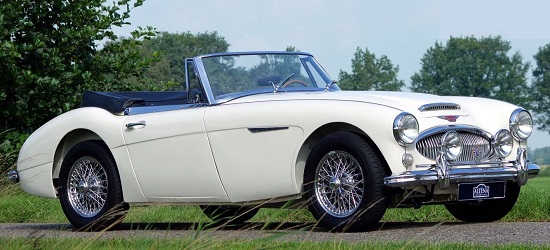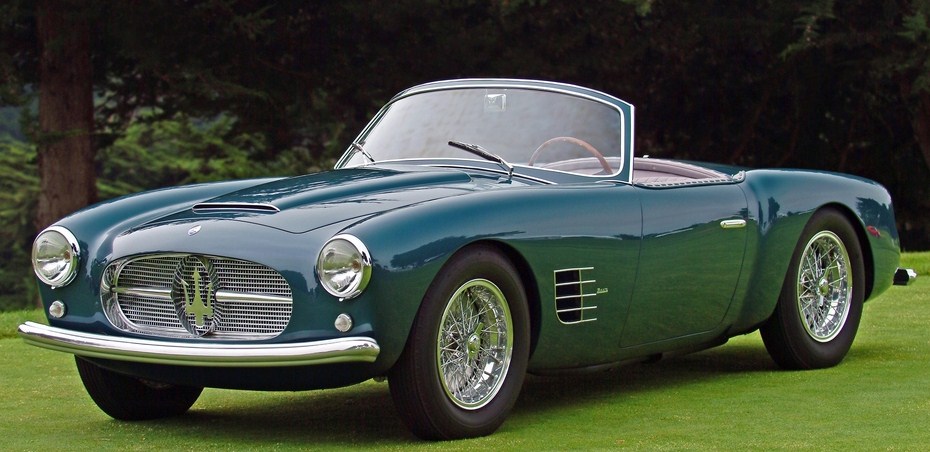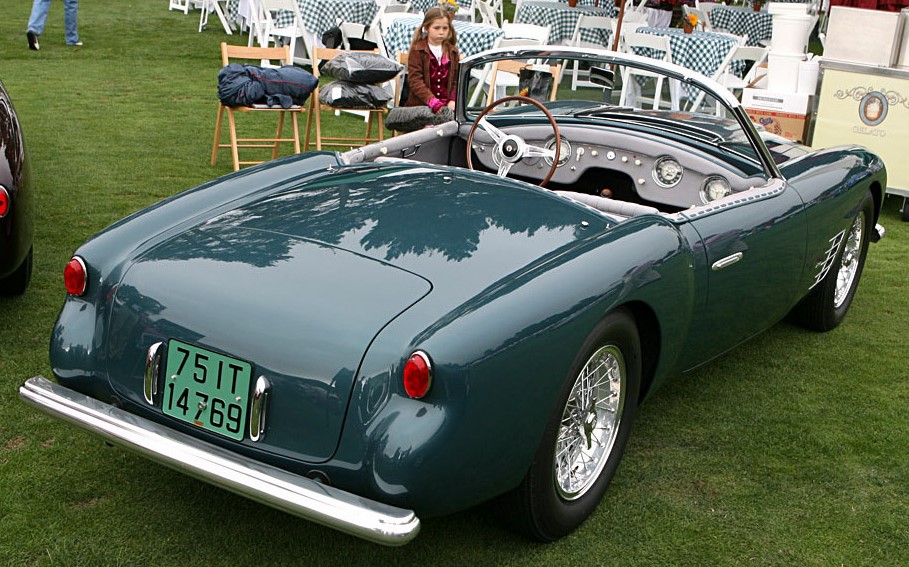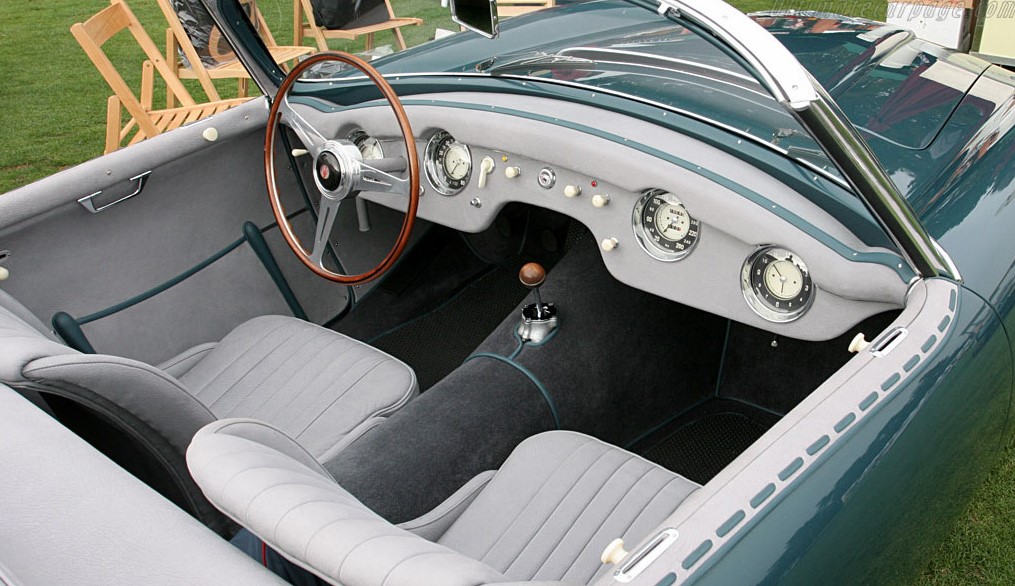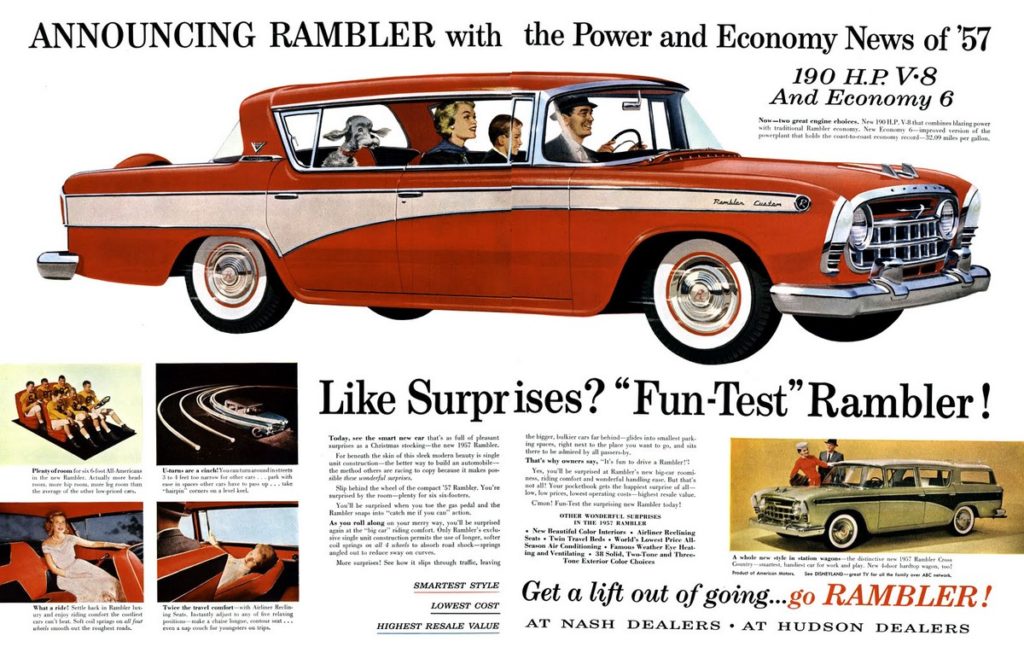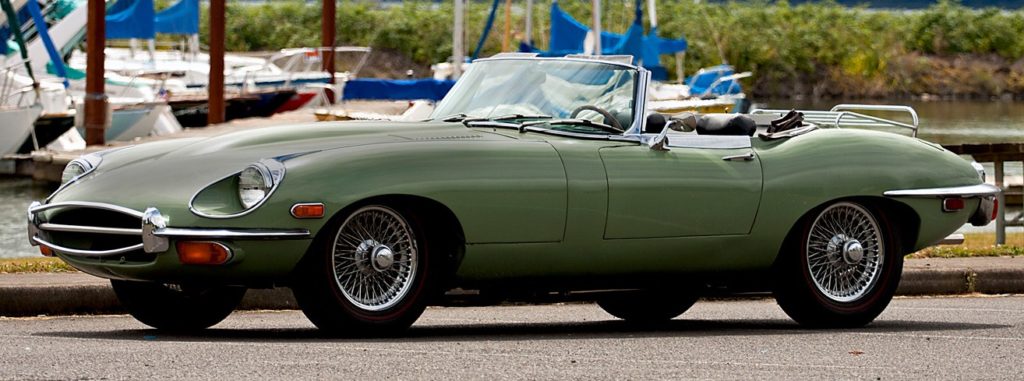I’m not so sure I believe this one:
Carmakers will increasingly find themselves in a race to shut, switch or sell factories producing vehicles with internal combustion engines to avoid being left with “stranded assets”, as regulators set a course for a decade of electrification to reduce carbon dioxide emissions.
Why?
The year 2020 will be seen as key for electric cars because of new EU regulations that mandated a limit on average carbon dioxide emissions of 95g/km across all cars sold.
The UK has committed to carrying on its emissions regime at an equivalent or stronger level after the Brexit transition period ends on 1 January 2021.
I am really curious about this, because the Grauniad article strangely seems to omit any actual numbers of carmakers reducing their regular engine production. Instead, all sorts of “analysts” are quoted as saying stuff like:
Philippe Houchois, an analyst at Jefferies, an investment bank, said carmakers’ share prices will be in large part dependent on their ability to avoid losses on fossil fuel assets. “If you want to be a better valued carmaker you need to find a way to shrink your assets faster than a gradual transition to electric vehicles would suggest,” he said.
And yet:
Volkswagen has already conceded that it will miss its 2020 target, incurring a fine estimated at around €270m (£248m).
Given VW’s size, that’s not such a big deal, especially as it can be written off against taxes. And one of the other big guys seems strangely un-panicked:
BMW announced on Sunday it would build 250,000 more electric cars than it had previously planned between now and 2023. Oliver Zipse, the company’s chief executive, said he wanted roughly 20% of cars it sells to be electric by 2023, up from 8% this year.
For the mathematically-challenged, that means that regular cars will still account for 80% of BMW’s sales.
And all that activity is in Europe and the U.K., where distances are not vast and there’s always a public transport option as a last, albeit expensive and inconvenient resort.
How about Over Here? Forget about it. As much as the Biden / AOC Greens would like to do what the Eurotrash are doing, that shit isn’t going to fly in North America, because
- we Murkins loves us our gasoline-driven cars because freedom;
- setting up an infrastructure to deliver the amounts of electricity needed to power the jillions of proposed American electric cars is so big, nobody has yet actually dared to state its cost — especially when we have abundant supplies of oil (which the Euros do not) to fall back on;
- we don’t actually have the power generation capacity to deliver the juice even supposing we had the above infrastructure, as California is going to realize very soon;
- battery manufacture is worse for the environment than using gasoline-powered cars (when you look at the total amount of energy and resources needed to make the infernal things), and at some point even the addle-headed Greens may come to realize it;
- the U.S. automobile market is so big, most car manufacturers would be happy to “settle” for just producing their regular cars for our market and their electric wagons in Europe.
And now, let’s talk about the Third World, because for yet another strange reason the Grauniad article doesn’t.
In places like Asia (India, China and South-East Asia specifically) and Africa, not only is there insufficient power generation capacity — they can barely power their light bulbs let alone millions of cars — but there is no industrial capacity capable of putting in the electric automotive infrastructure. Just the geography alone is daunting — Africa because of the distances and fragility of the countries’ ability to prevent sustained vandalism (I won’t even talk about the endemic African corruption as a brake to progress), South-East Asia because jungles, and China doesn’t have the cash. As for India and Pakistan… oy. Even the Russians would have a better chance of success than the Indians, and nobody’s talking about them either.
The only countries in the Eastern Hemisphere which would have anything like a chance of setting up a European-style automotive electrification infrastructure are Japan, New Zealand and Taiwan (small size and islands), and South Korea might have an outside shot at success. Australia? Tiny market and vast distances. Ain’t gonna happen. (I note in passing that Japan’s Honda has quit supplying engines to the F1 market, giving as a reason that they want to concentrate their resources on electric automotive technology, but it’s also true that their F1 engines are markedly inferior to those of Mercedes, Renault and possibly even Ferrari; and even Honda might think that chasing success in Formula 1 — i.e. increasing the existing $100 million annual spend — isn’t worth it.)
So while the Guardian’s breathless headline (“Race is on as carmakers shut, switch or sell combustion engine factories“) may make one nervous — which I think is its purpose — a little reflection shows that in this case anyway, Europe and the U.K. are quite possibly going to be the outliers for the foreseeable future of automotive production, large a market as they are.
And unless the Euro (and even Japanese) carmakers can sell their electric cars at the same rate as they sell their regular cars in the U.S. (don’t hold your breath), they’ll face even harsher financial consequences than just paying taxpayer-subsidized fines.
Think about it: what if Toyota suddenly announced that they were only going to be selling Prius models in the U.S., and not Corollas, Camrys, RAV4s, Tundras, Venzas, Land Cruisers, Tacomas, and all the others? Think Prius could pick up the slack? (That’s a rhetorical question, of course.) Now repeat that scenario for BMW’s I3 and all the other manufacturers’ electric offerings.
Ain’t gonna happen. Not now, not soon, and quite probably, not ever. Despite what the Guardian wants to believe, and us to believe.
